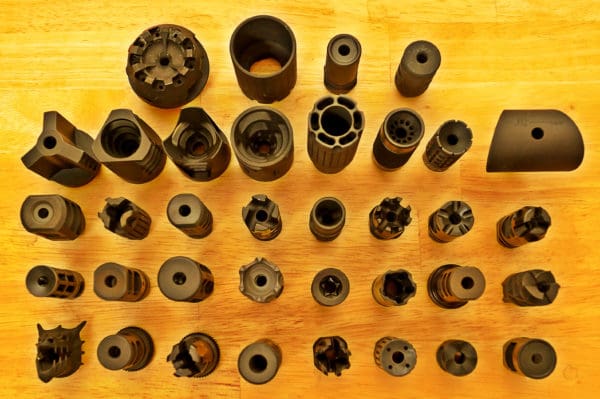Heyo. After spending weeks reading about BCG weight and dependability, buffers, adjustable gas blocks I'm stuck. Im building an AR .556 and am just getting parts list together...
Can anyone spell out for me (as you would a toddler) if I can have a lighter BCG (either lightweight or much lighter than usual) , use buffer and adjustable block...and have the same reliability (changing ammo, shooting dirty) that I would have using BCMs bcg or something like that.
I've read apocalypse guns should use heavy bcgs for dependability but also read you can tune the gas to not make this a problem. Tuning for weakest ammo while dirty and heaviest ammo while clean kind of thing...
My goal is less weight for recoil and to combat the heavy barrel adding weight.
Spanks for the jam
Can anyone spell out for me (as you would a toddler) if I can have a lighter BCG (either lightweight or much lighter than usual) , use buffer and adjustable block...and have the same reliability (changing ammo, shooting dirty) that I would have using BCMs bcg or something like that.
I've read apocalypse guns should use heavy bcgs for dependability but also read you can tune the gas to not make this a problem. Tuning for weakest ammo while dirty and heaviest ammo while clean kind of thing...
My goal is less weight for recoil and to combat the heavy barrel adding weight.
Spanks for the jam




